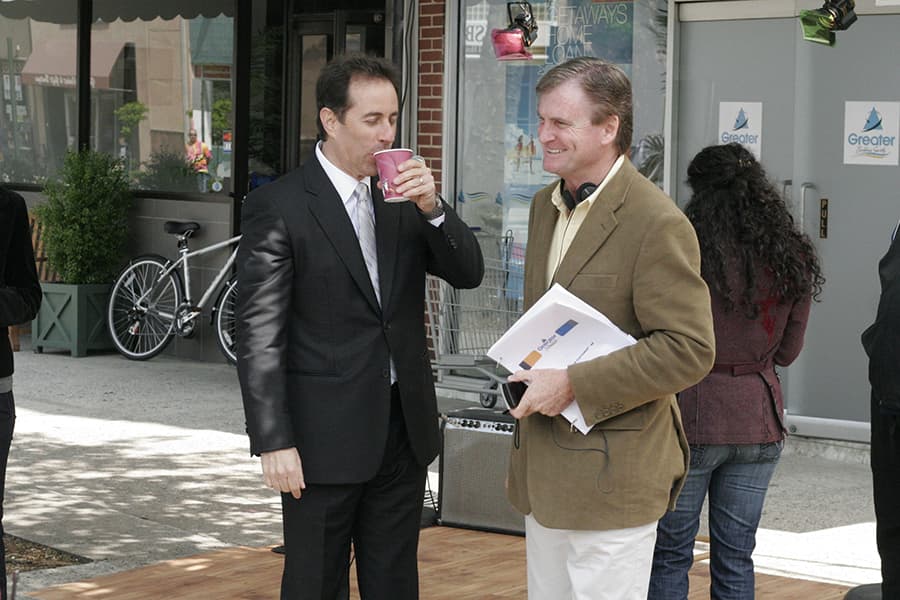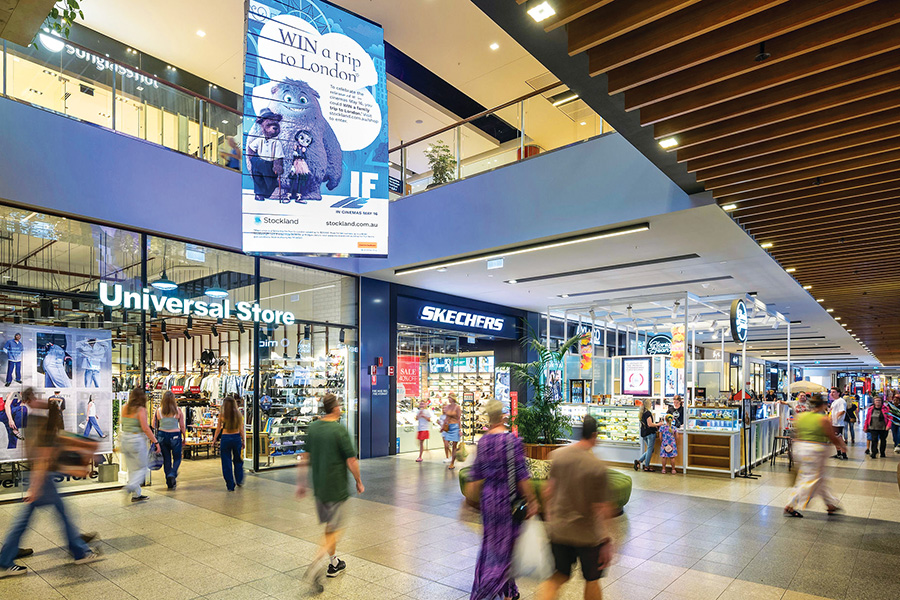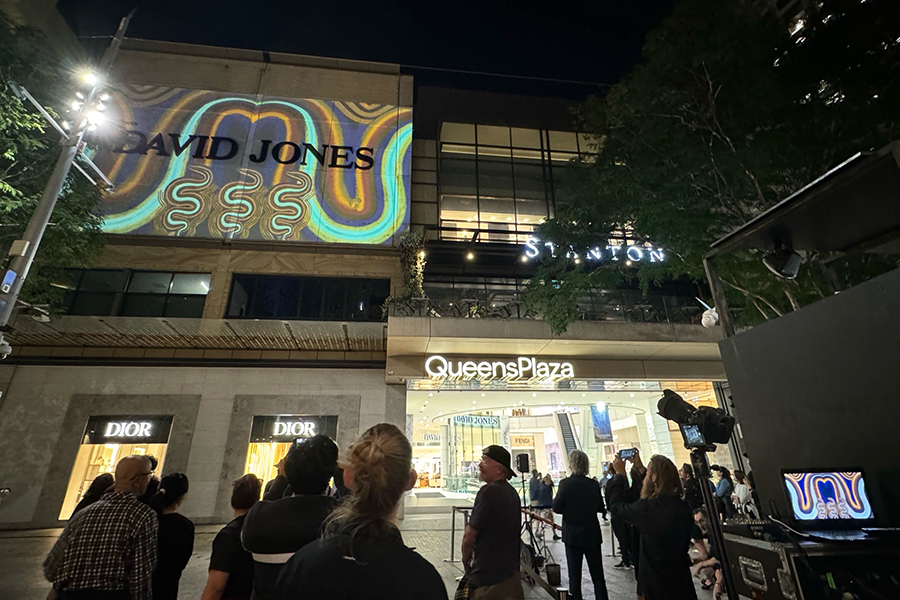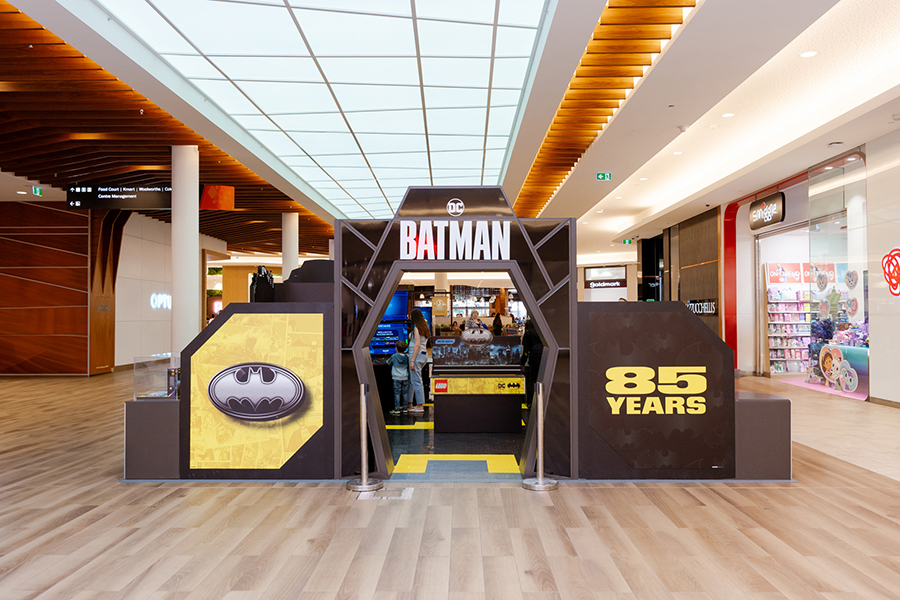‘Big data’ is an increasingly used term and the experts tell us it’s the way of the future for shopping centres. John Dwyer maintains that big data should be used by shopping centre marketers to attract, convert and keep loyal customers.
In today’s world where Amazon has demonstrated the jaw-dropping benefits of collecting and exploiting customer data, I believe every shopping centre should be trying to do likewise.
“Data is king” might be an overused marketing phrase, but it’s fact.
In this social media/digital world, the benefits of building a consumer database and creating long-term relationships are enormous. Again, just look at how Amazon has done it!
The sad fact is that more than 90% of Australian businesses don’t collect customer data… well at least, they don’t collect it properly. I’ve been asked by some retailers for my ‘postcode’… sorry, not good enough.
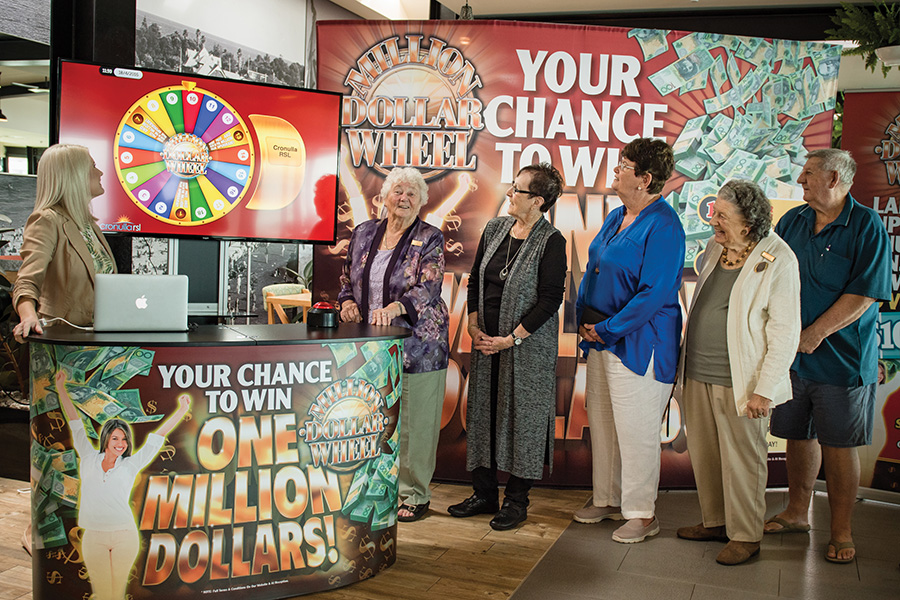
Sure, one’s postcode might help you have a general understanding of the geographic areas where X% of your shoppers are coming from, but sophisticated marketers appreciate that it’s the email addresses and mobile phone numbers that really count. (My vote goes to getting the mobile phone number first and foremost, as research studies indicate a 90+% open rate of SMSs within 90 seconds – versus a modest open rate for emails of 10% to 20% in 90 minutes).
Personally, coming from a retail and shopping centre background, I attract my fair share of retail and fast food businesses, each wanting the same thing – a quick spike in sales and long-term customer loyalty (ie. a ‘sticky’ customer).
In my view, the model is pretty straightforward – attract, convert and keep.
You need to create a ‘wow factor!’
As consumers, we are all attracted to attractive things. Over the years, my task has been to create ‘wow factors’ for companies that might arguably be classified as a ‘me too’ business (in other words, they look the same as their competitors). They don’t have an organic, natural ‘wow factor’ because they are essentially a duplicate of their competitors.
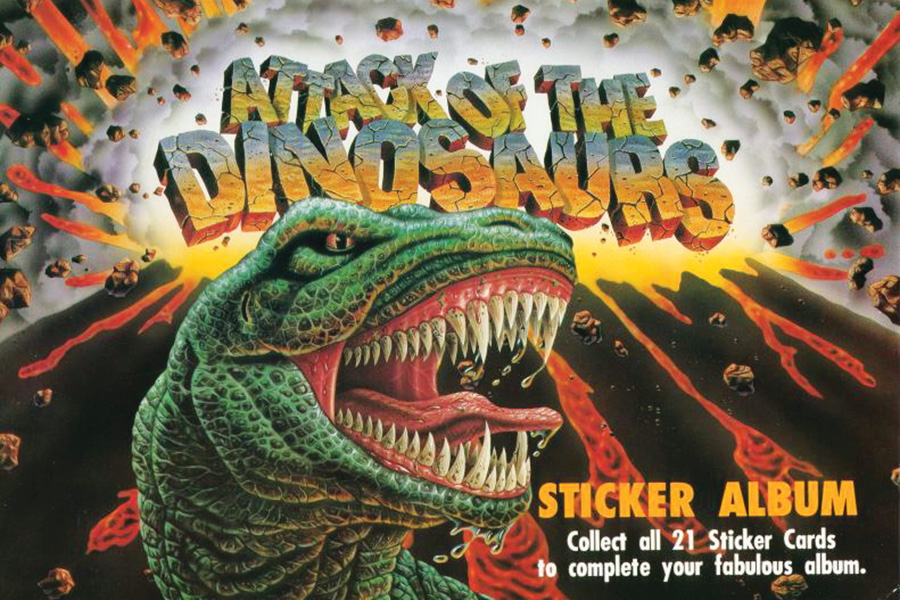
So, my role is to create a client/customer attraction lure that quickly skyrockets sales and then stimulates repetitive spending and loyalty. I’ve done this for countless shopping centres and retailers, via stamp collection cookware promotions, “Adopt A Teddy Bear Family” continuity concept, Disney toy and sticker collections, dinosaur themed educational book collections and “Million Dollar insured prize giveaways” – to name just a few.
These customer drawcard and retention programs were designed to attract, convert and keep customers. And the revenue from such continuity promotions was normally record breaking. Let’s face it, it’s this longer term continuity marketing format that should be every shopping centre manager’s aim these days.
In other words, create a marketing campaign that entices customer “sticky-ness” and then just set and forget (exactly what Woolworths and Coles do with their free toy collections). Why spend your valuable time and budget on ‘one-day wonders’ like a celebrity appearance? There’s no sustainability or long-term value for your tenants in that. The days are over for packing a gazillion shoppers in the mall for a Wiggles Show – COVID-19 has put a stop to that, at least for the moment.
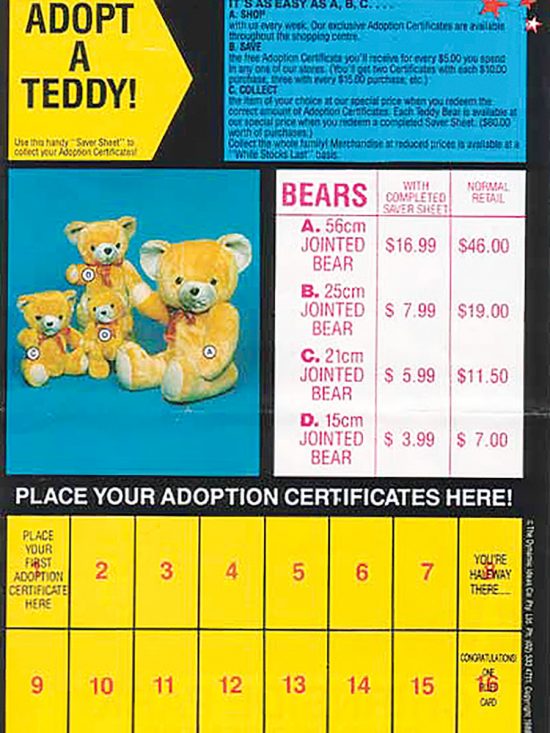
It’s called ‘incentive-based’ loyalty marketing
This form of direct-response marketing is based around providing consumers with an ‘incentive’.
McDonald’s has successfully been doing this with ‘Happy Meals’ for decades, providing a collectible toy series with its burgers (note I highlight “a collectible series”). Kellogg’s has been doing it for decades and Amazon has absolutely nailed it with its ‘free incentives’ with its Amazon Prime subscription formula – where the company provides bonuses such as faster shipping and unlimited movies and music streaming.
Pre-COVID, I flew pretty much exclusively with Virgin Australia because I was a Virgin Velocity member – it’s amazing how ‘sticky’ people will become if they are rewarded for their loyalty.
Yep, pretty simple and straightforward stuff eh? But guess what? More than 90% of Aussie businesses collect absolutely no data and therefore have no reward program.
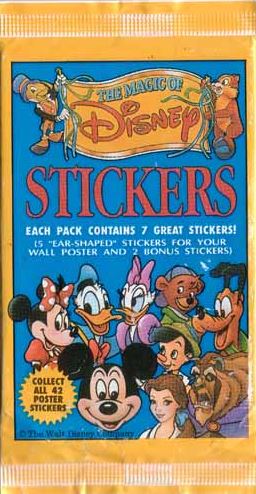
Some years back, I developed a successful Disney poster and stickers loyalty promotion that was ideal for shopping centres. You can imagine the impact of consumers being able to buy an extraordinary ‘Magic Of Disney’ one-of-a-kind wall poster for a few dollars and then having the incentive to collect the dozens of stickers that lined the perimeter of the poster. It was ‘unique’ in the fact that I created the design myself and had it approved by Disney – it was seen at US Disney Conventions and, as a result, even Walt Disney’s daughter asked for some, would you believe!
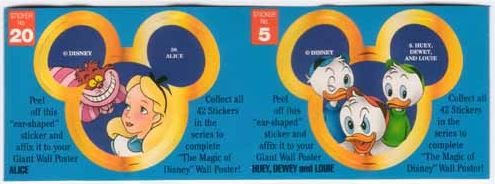
One of the most successful incentive loyalty programs I have designed for shopping centres was the “Adopt A Teddy” program, where shoppers were able to purchase (oops, I mean “adopt”) insanely cute teddy bears for a crazy low price when they had completed collecting sufficient ‘adoption stamps’. They simply presented their receipts to the Concierge at the Teddy Bear’s Picnic Booth to receive adoption stamps and when they had saved sufficient stamps on a saver sheet, they could ‘adopt’ a teddy.
Shopping centres created a cute ‘Teddy Bear’s Picnic’ mall display, with dozens of teddies playing on swings and slippery dips etc. The bears were presented in a family format, which incentivised shoppers to be loyal so they could collect the whole family of cute teddies. And of course, each of these concepts had the added valuable bonus of collecting customer data.
One big tip: women are the decision-makers for more than 80% of all household purchases – so it makes sense to create shopping centre loyalty programs that provide a benefit to the family or children (just look at what Coles and Woolworths do).
Remember, forget the ‘one-day wonders’ and consider ‘loyalty style’ marketing campaigns that provide you with the ability to attract, convert and keep.


